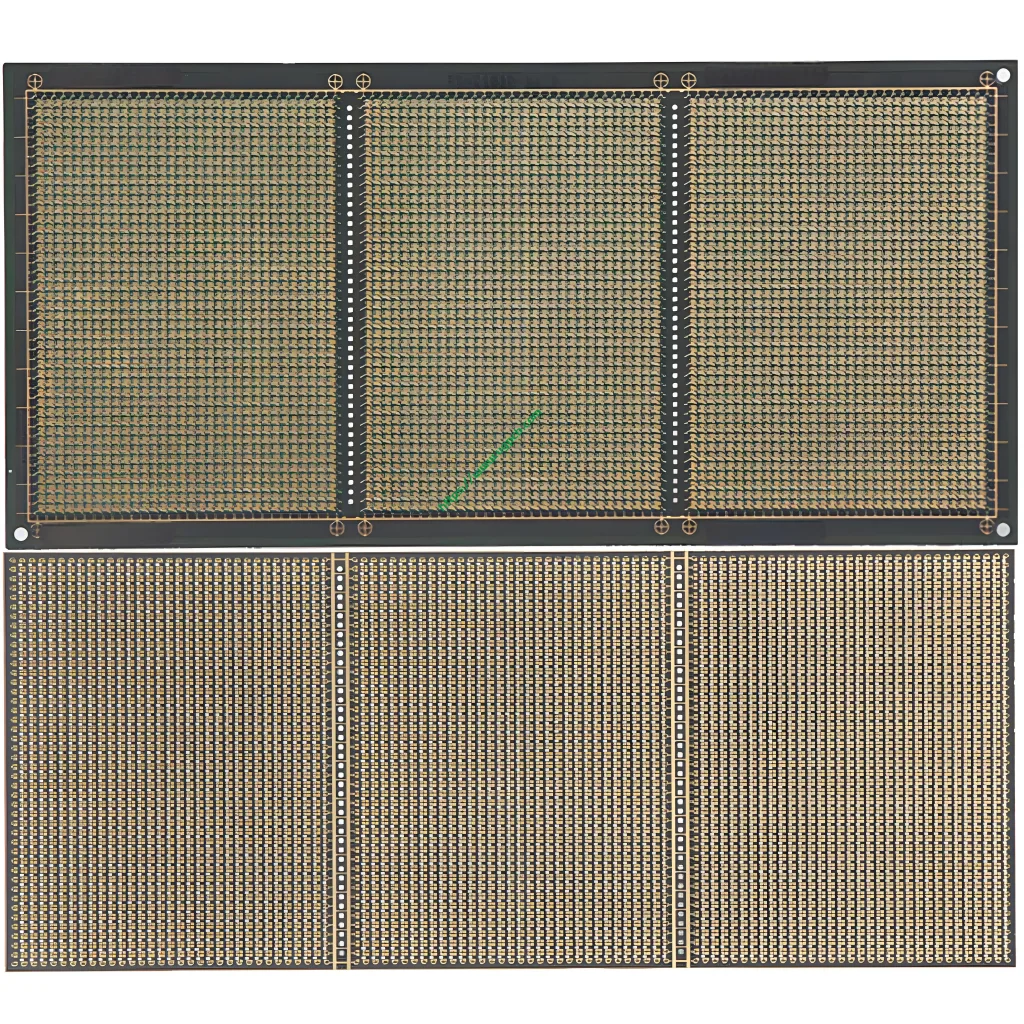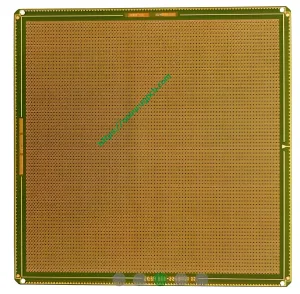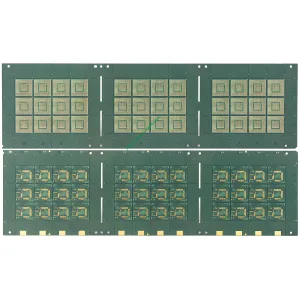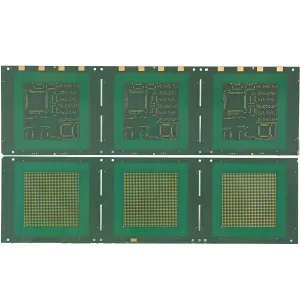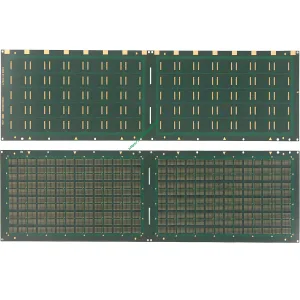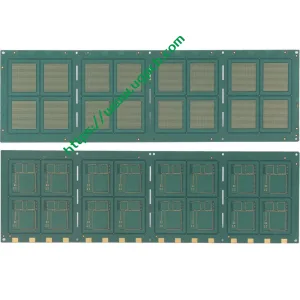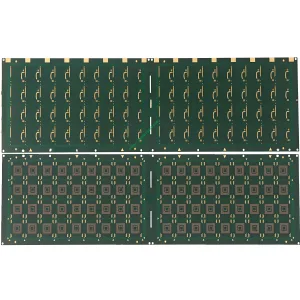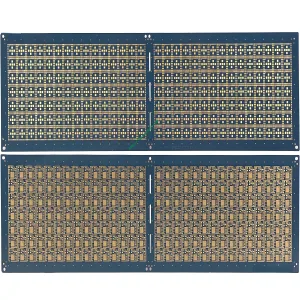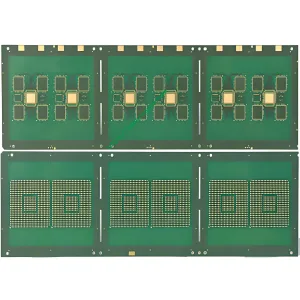ミニLEDの紹介
ミニLED, とも呼ばれます “サブミリメートル光発光ダイオード,” 約の粒サイズのLEDを指します 100 ミクロン, ジンディアンによって最初に提案されました. 従来のLEDとMicro LEDの間にあります, 従来のLEDバックライトの改良バージョンを表します.
マイクロLED上のミニLEDの利点
Micro LEDと比較して, ミニLEDは、より高い降伏率を誇っています, 特別な形の切断特性, そして、柔軟な基板を備えた高速バックライトフォームを実現する機能. 地元の調光設計を採用し、より良い色のレンダリングを提供します, より洗練されたHDRパーティションとOLEDに近い厚さにつながる. ミニLEDは節約できます 80% 力の, 電力節約などのバックライトアプリケーションに最適です, より薄い, HDR, 特別な形のディスプレイ. 携帯電話に適しています, テレビ, カーパネル, ゲームラップトップ, その他の製品.
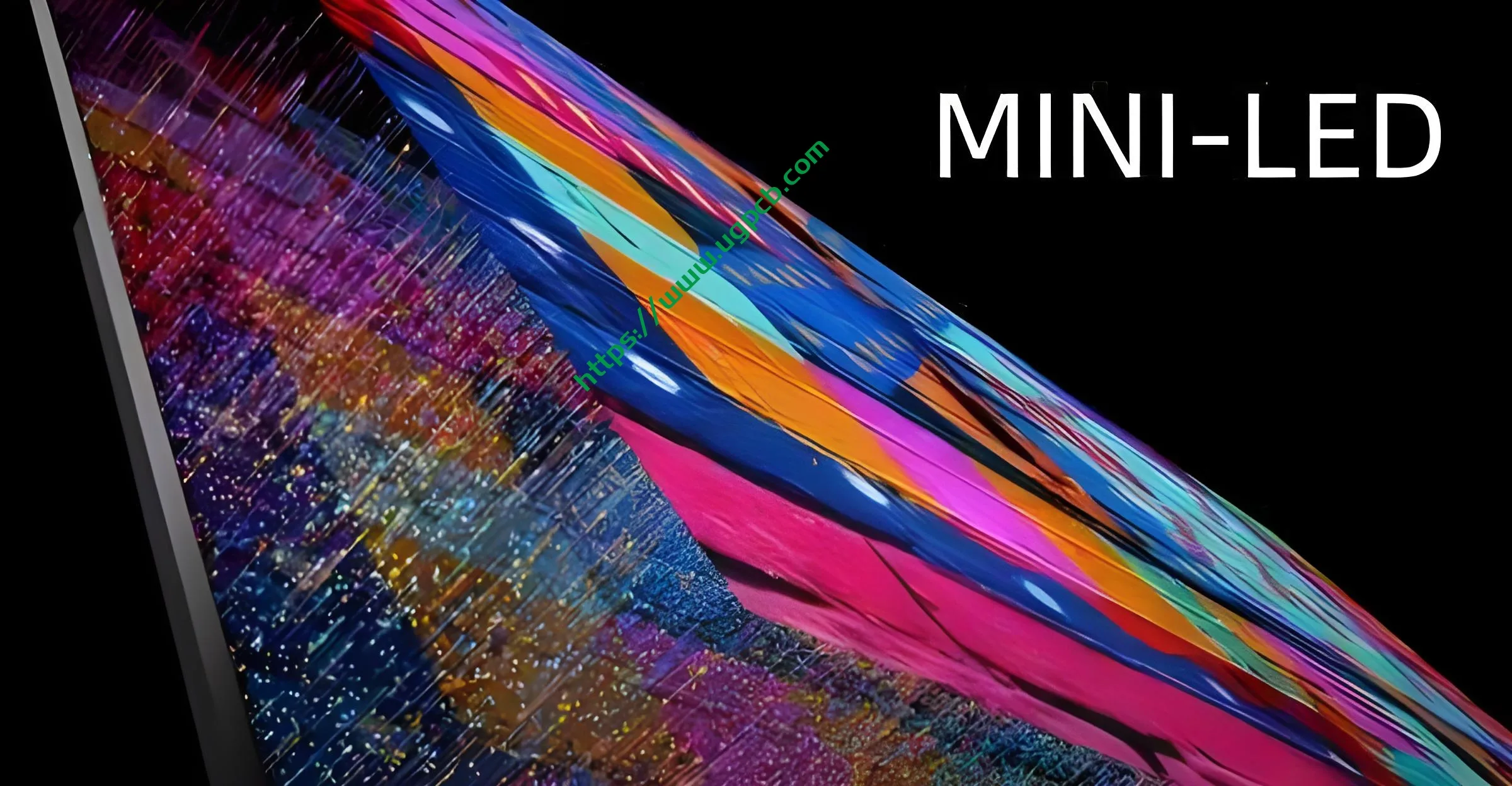
Micro LEDとの技術的および経済的比較
ミニLEDは、理論的には技術的に困難ではなく、マイクロLEDよりも大量生産が容易です. 広大なLCDバックライト市場を活用して、より経済的な製品を提供できます. 業界の見積もりは、ミニLEDバックライトのデザインを備えたLCDテレビパネルがほぼコストだけであることを示唆しています 60% に 80% OLEDテレビパネルの, 明るさと画質は似ていますが, 電力節約効率が高い. 55インチのミニLEDバックライトLCDパネルが使用します 40,000 LED, 生産能力の低減において、LEDダイメーカーを支援します.
ミニLEDの将来の見通し
マイクロLEDは、画質の定性的改善を約束し、次世代の革新的なディスプレイテクノロジーを表しています, 現在の技術はまだ十分に成熟していません. ミニLED, LEDバックライトの改良バージョン, 比較的制御可能なコストで既存のLCD画面の効果を大幅に向上させることができます, 市場の主流になる可能性があります. メーカーは、マイクロLEDおよびミニLEDテレビ製品を普通の消費者に提供するために、研究開発を加速することが期待されています.
その他のディスプレイテクノロジー: OLEDとQLED
OLED: 革新的なディスプレイテクノロジー
| OLEDは、3つの主要な色で自己照らすことができます, バックライトモジュールと液晶の必要性を排除する. すぐに反応します, 電気制御によって直接制御されます, 白い光で洗浄された液晶とは異なり. OLEDはエネルギー効率です, 液晶によってブロックされた一定のバックライト放射なしの希望のカラーライトのみを放出する. | |
| QLED: 量子ドットディスプレイテクノロジー |
青色光によって刺激されると、量子ドットは異なる波長の光を放出します, 赤と緑の量子ドットの適切な比率で白色光を作成する. 量子ドットに興奮している明るいは非常にです “純粋な,” 普通のLEDと比較して破壊的な色の範囲を提供する “乱流” 対比. しかし, QLEDは、OLEDよりも挑戦的で不安定です, 青色光を刺激するバックライトモジュールに配置する必要があります “純粋な” 白色光. エレクトロルミネッセンスは、QLEDの安定性を改善します, 直接放射 “純粋な” 量子ドットに興奮した白いライト.
ミニLEDアプリケーション
ディスプレイテクノロジーのミニLEDアプリケーション
| Mini LEDは二重の目的を果たします: ダイレクトタイプのホワイトライトバックライトモジュールとして、またOLEDテクノロジーチェーン内のアップグレードとして, OLEDよりも小さいが、マイクロLEDよりも大きい. これらの2種類のミニLEDは明確に区別できます. |
 UGPCBのロゴ
UGPCBのロゴ

